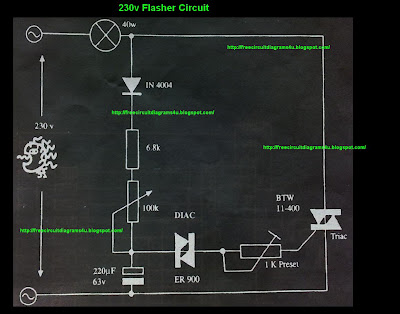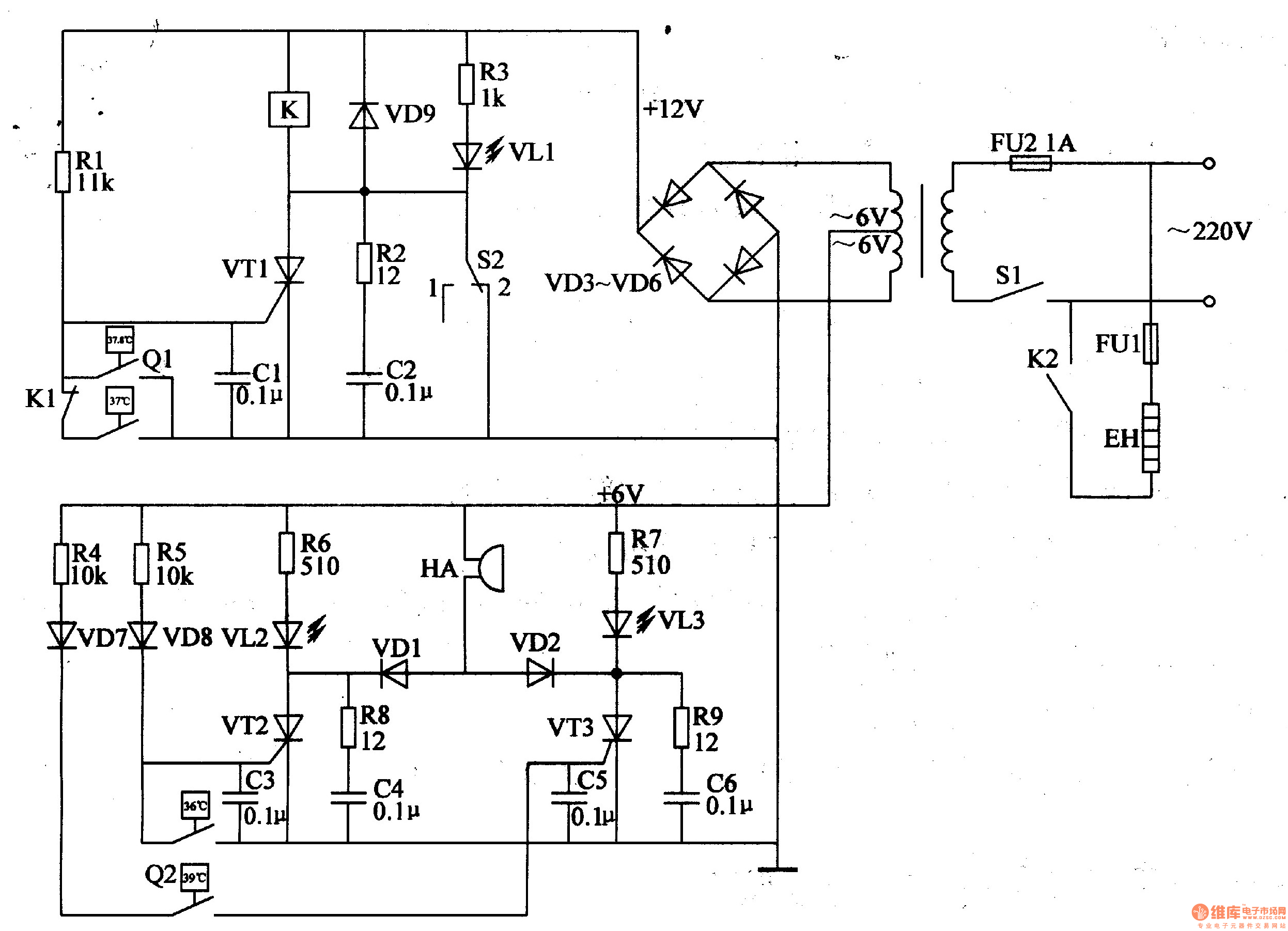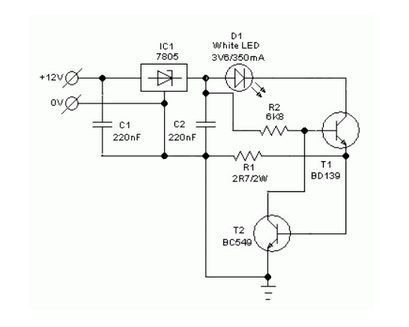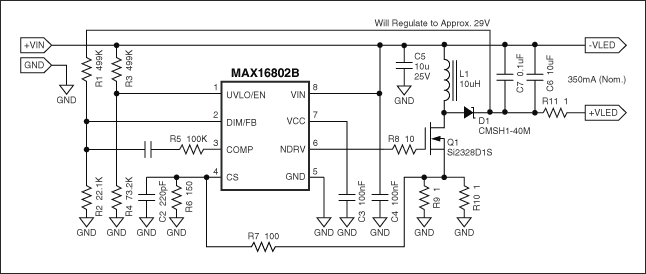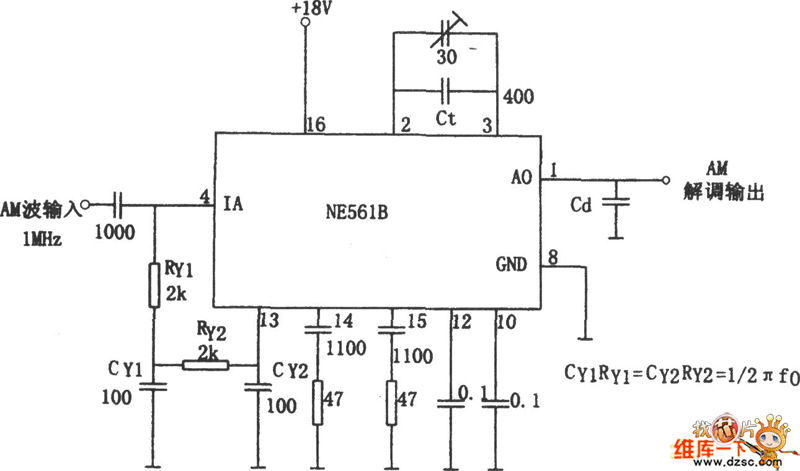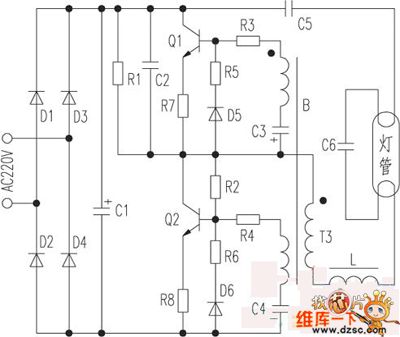
A 555 TIMER LED FLASHER CIRCUIT
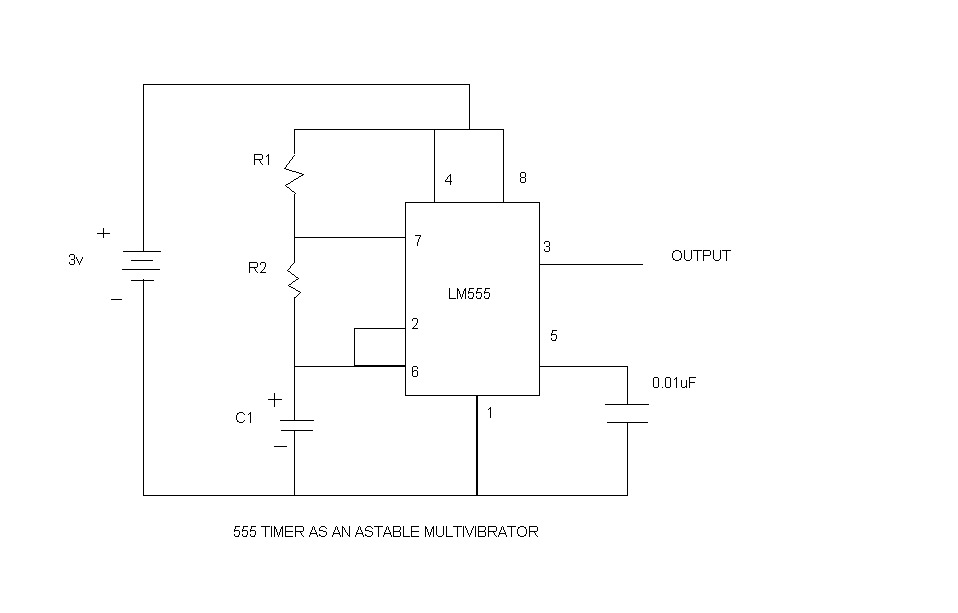
An astable multivibrator, commonly referred to as a free-running multivibrator, is a circuit that generates rectangular waves without the need for external triggering. The timing characteristics of this circuit are determined by the values of the resistors and capacitors employed. The configuration details of the astable multivibrator are as follows: Pin 1 is connected to ground; Pins 4 and 8 are shorted together; Pin 3 outputs the timing signal; Pins 2 and 6 are shorted and connected to a capacitor (C1); a bypass capacitor with a value of 0.01 µF is connected to Pin 5; the circuit is powered by a supply voltage of 3V, which can be increased to a maximum of 9V; and Pin 7 is connected to Pin 4 through resistor R1 and to Pin 6 through resistor R2.
The astable multivibrator is a versatile circuit widely used in applications requiring clock pulses or timing signals. This circuit operates continuously, producing a square wave output that alternates between high and low states. The frequency of oscillation and the duty cycle are primarily influenced by the selection of resistors R1 and R2, as well as the capacitor C1.
In this configuration, when the circuit is powered, the capacitor C1 charges and discharges through the resistors R1 and R2, creating a cycle of oscillation. The output at Pin 3 can be used to drive other digital circuits or components, providing a stable timing signal. The bypass capacitor at Pin 5 serves to filter out any noise from the power supply, ensuring stable operation of the multivibrator.
The values of R1, R2, and C1 can be calculated to achieve the desired frequency (f) of oscillation using the formula:
f = 1.44 / ((R1 + 2*R2) * C1)
This design allows for flexibility in frequency adjustment by varying the resistor and capacitor values. The astable multivibrator is an essential building block in digital electronics, commonly utilized in applications such as timer circuits, pulse width modulation, and frequency generation.An astable multivibrator, often called a free running multivibrator, is a rectangular wave generating circuit. The circuit doesnt need any triggering. The timing of the circuit is determined by the resistors and the capacitors used in it. The details of the astable multivibrator are: Pin1 is grounded; Pins 4 and 8 are shorted, Pin 3 gives the timi
ng output; Pins2 and 6 are short circuited and connected with a capacitor C1; at Pin 5 a bypass capacitor is used having value of 0. 01uF; a supply of 3v is given to the circuit, the suppy can be more upto 9v. Pin 7 is connected through Pin 4 through a resistor R1and also with pin 6 through resistor R2. 🔗 External reference
The astable multivibrator is a versatile circuit widely used in applications requiring clock pulses or timing signals. This circuit operates continuously, producing a square wave output that alternates between high and low states. The frequency of oscillation and the duty cycle are primarily influenced by the selection of resistors R1 and R2, as well as the capacitor C1.
In this configuration, when the circuit is powered, the capacitor C1 charges and discharges through the resistors R1 and R2, creating a cycle of oscillation. The output at Pin 3 can be used to drive other digital circuits or components, providing a stable timing signal. The bypass capacitor at Pin 5 serves to filter out any noise from the power supply, ensuring stable operation of the multivibrator.
The values of R1, R2, and C1 can be calculated to achieve the desired frequency (f) of oscillation using the formula:
f = 1.44 / ((R1 + 2*R2) * C1)
This design allows for flexibility in frequency adjustment by varying the resistor and capacitor values. The astable multivibrator is an essential building block in digital electronics, commonly utilized in applications such as timer circuits, pulse width modulation, and frequency generation.An astable multivibrator, often called a free running multivibrator, is a rectangular wave generating circuit. The circuit doesnt need any triggering. The timing of the circuit is determined by the resistors and the capacitors used in it. The details of the astable multivibrator are: Pin1 is grounded; Pins 4 and 8 are shorted, Pin 3 gives the timi
ng output; Pins2 and 6 are short circuited and connected with a capacitor C1; at Pin 5 a bypass capacitor is used having value of 0. 01uF; a supply of 3v is given to the circuit, the suppy can be more upto 9v. Pin 7 is connected through Pin 4 through a resistor R1and also with pin 6 through resistor R2. 🔗 External reference
